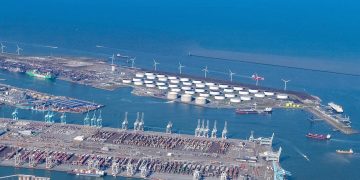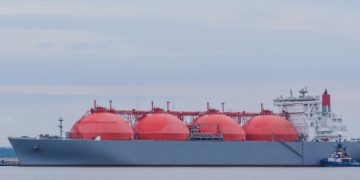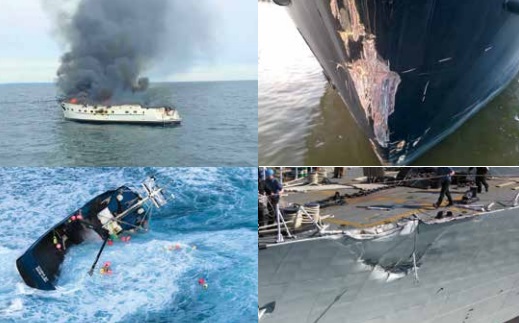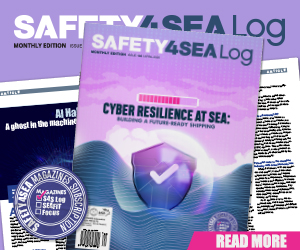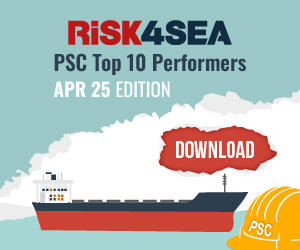A place of refuge is a place where a ship in need of assistance can take action to enable it to stabilize its condition and reduce the hazards to navigation, protect human life and the environment. Current practice concerning places of refuge is a concern to insurers due to the many variable factors involved, and the variety of risks. Such places may include a port, a place of shelter near the coast, an inlet, a lee shore, a cove, a fjord or a bay or any part of the coast and as a response, the European Commission has issued operational guidelines for ships in need of assistance.
Work on these guidelines started following the MSC Flaminia incident which in 2012 was left adrift for weeks until finally granted a port of refuge in Germany. The European Group was charged with assessing the need to improve existing legislation and why EU Member States took so long to provide safe refuge. Also in 2012, a place of refuge was denied at a distance of 40 nm from Kingdom of Saudi Arabia following an explosion and fire aboard the “M/T Stolt Valor” by the coastal States in spite of repeated requests. That urged action for MSC in order to consider what additional measures may be appropriate with a view for adoption of IMO Guidelines on places of refuge for ships in need of assistance.
Four years after the “MSC Flaminia” incident, new emergency response procedures for ships in distress were agreed across the EU. Several industry stakeholders participated together with EU Member States, the European Commission, and EMSA in the drafting. The aim has been to ensure better coordination and exchange of information by providing guidance that will lead to better advised and quicker decision making. It is also emphasised that there shall be no denial of access on anything (commercial or financial) other than safety grounds. The new operational guidelines were presented in late January 2016 by the European Commissioner for Transport, Violeta Bulc stating“It is a good example of proactive implementation of EU legislation, building on best practices and sharing experience’’.
Following recent maritime incidents involving ships in distress in waters outside the jurisdiction of any one State, the Member States of the European Union, together with the European Commission and the European Maritime Safety Agency (EMSA), decided to review the framework for co-operation and co-ordination between States in such cases, to improve the existing arrangements, and therefore the latest revised version of the guidelines was published in February 2018.
Namely, the guidelines clarify the roles and responsibilities of key players in relation to a request for a Place of Refuge (PoR). Once the technical decision on the most appropriate PoR is agreed it must be discussed with the relevant stakeholders, except in cases where a direction can be made in an emergency situation.
In general, the decision is made following consultation which may include local harbour masters, the traffic control centres and other local authorities representing socio-economic and environmental interests as appropriate. The decision-making process will be supported by expert contributions of legal, environmental, nautical and other specialised disciplines.
Having in place the voluntary operational guidelines and expressed willingness to use them is however only a first step to secure PoR access for stricken ships. As IUMI commented, ‘’the true success of the operational guidelines will be demonstrated as actual incidents occur. And while decision makers gathered in January 2016 for the PoR event in Brussels, the listing “Modern Express” was adrift in EU waters. ‘’
While regulation is in place, the practical implementation offered by the new EU guidance complements IMO guidelines and should be encouraged internationally. Also, other existing and relevant rules address issues related to ships in need of assistance. For example, IMO Resolution A.949(23) provides a checklist of actions for the master of the ship and salvors to undertake when the ship needs assistance and a checklist of elements that the coastal authorities should take into consideration while deciding on the acceptance or refusal of a ship to a place of refuge. The purpose is to provide all parties involved with a framework enabling them to respond effectively and to correctly assess the situation of the ship in need of assistance.
The allocation of a PoR is dependent on the actual situation and has to be chosen carefully, therefore the following has to be taken into consideration:
- Safety and protection of the persons on board
- Safety of the ship and cargo
- Proximity of residential areas and population density where the health and safety of human life in the vicinity of the ship is given priority
- Protection of the sea and coastal regions
- Protection of sensitive installations and the socio-economic impact on the area
- Wind and weather forecasts
- The impact on 3rd party privately operated terminals and/or facilities
- Suitable place for in water surveys taking into consideration underwater visibility and weather conditions to enable the assessment the vessel’s structural integrity by divers
- Tidal conditions
- Sheltered anchorage areas for prevailing weather conditions and water depths
- Adequate manoeuvring space for handling a vessel under tow
- Access by land and sea to deploy salvage and pollution response equipment and proximity of such resources
- Security issues in relation to ISPS
Important sources
- IMO Assembly Resolution A.949(23) on places of refuge for ships in need of assistance (“IMO Guidelines”), adopted on 5 December 2003
- Commission Report to the European Parliament and the Council on liability and compensation for financial damages sustained by places of refuge when accommodating a ship in need of assistance, COM(2012) 715 final, 30.11.2012
- IMO webpage on Places of Refuge
- EU Place of Refuge Operational Guidelines (Feb 2018)


















